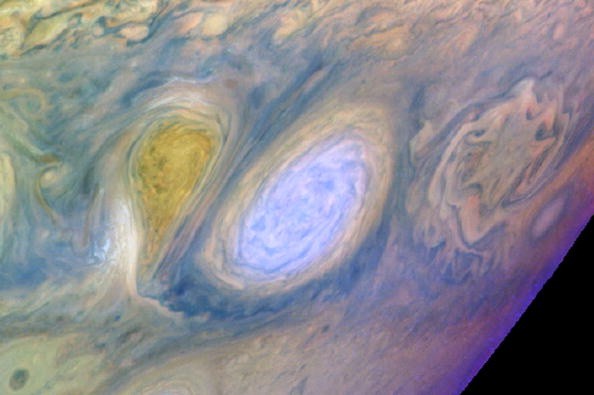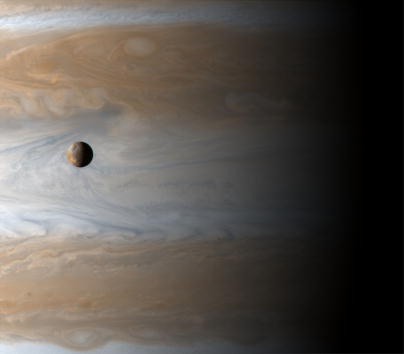The new NASA Juno data-reliant project called Jovian Vortex Hunters is now asking for your help identifying storms forming on Jupiter.

This new program launched on Tuesday, June 21, on Zoouniverse.org. The main goal of experts behind the new project is to understand better how the largest planet's atmosphere works.
"Jupiter's atmosphere is a wonderfully diverse system, features clouds of various different colors, which form very interesting structures," they said via their official Jovian Vortex Hunters website.
New NASA Juno Data-Reliant Project
According to Space.Com's latest report, the Jovian Vortex Hunters use the data formulated by NASA's advanced Juno spacecraft.

Ramanakumar Sankar, a postdoctoral researcher at the University of Minnesota who leads the project, explained that the new program aims to study the different types of clouds forming on Jupiter's surface.
He added that little is known about the storms found on the Gas Giant's surface. It is still a mystery to NASA experts and other researchers how Jupiter's vortices created different colors.
Now, the Jovian Vortex Hunters project plans to create a catalog of different types of vortices. But, they need people's help to scan Juno's data.
If you are among the interested individuals, here's how you can help the new project.
How To Participate
If you want to participate, you can visit the official Zoouniverse.org website of Jovian Vortex Hunters or click this link.
After that, images of Jupiter's storms will be provided to you. You need to check to identify their colors (red, brown, white, dark, multi-color, etc.).
Once you click the right color option, it will be automatically submitted to the data of Jovian Vortex Hunters.
If you are already satisfied with your participation, you must click the Done option.
Previously, NASA's Juno spacecraft captured a new astonishing photo of Jupiter's moon's shadow.
On the other hand, retired NASA Kepler was able to identify Jupiter's twin exoplanet.
For more news updates about Jupiter and other projects focusing on this Gas Giant, keep your tabs open here at TechTimes.
Related Article : Jupiter Wields High Metal Contractions That Could Indicate Its Origins, Researchers Find
This article is owned by TechTimes
Written by: Griffin Davis




![Most Useful Google Chrome Keyboard Shortcuts You Need to Know to Improve Your Browsing Experience [2024]](https://d.techtimes.com/en/full/449047/most-useful-google-chrome-keyboard-shortcuts-you-need-know-improve-your-browsing-experience-2024.jpg?w=184&h=103&f=476d29fd60df70a67f6679f99a2ca6d0)